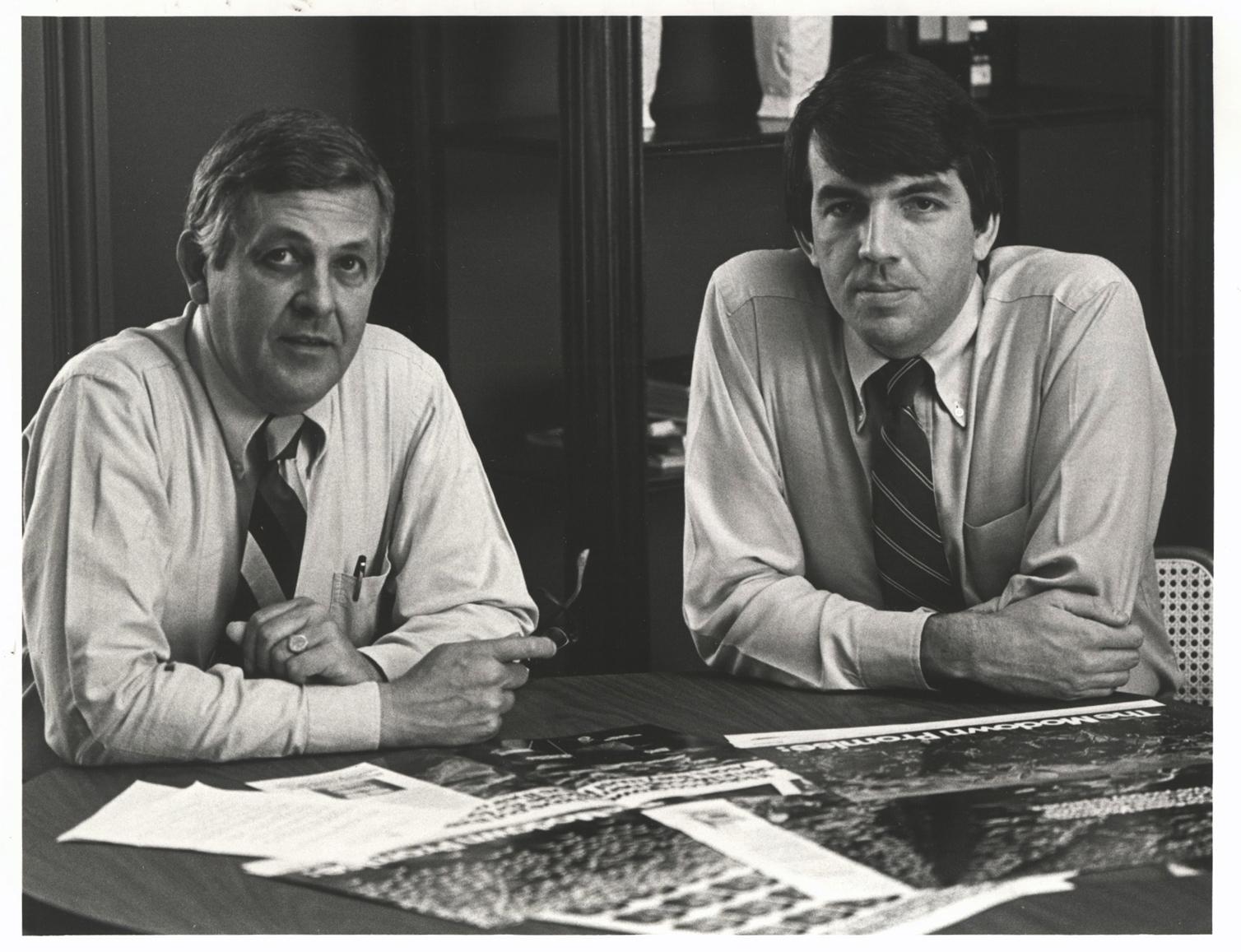Editor’s note: From June 28 until Sept. 8, HWKN’s winning entry in MoMA’s Young Architects Program will be on display for all to experience at PS1 in Long Island City. It’s MoMA’s 13th temporary outdoor installation there – one that offers emerging architectural talent the chance to design and present innovative projects. It challenges each year’s winners to develop creative designs for shade, seating, and water.
But the architects must work also within guidelines for environmental issues, including sustainability and recycling. HWKN’s winning project, Wendy, tests how far the boundaries of architecture can expand to create ecological and social effect. It’s composed of nylon fabric treated with a groundbreaking titania nanoparticle spray that neutralizes airborne pollutants. During the summer of 2012, Wendy will clean the air to an equivalent of taking 260 cars off the road.
A+A recently interviewed members of HWKN via email, for a first-hand understanding of what seems surely to be one of the most proactive winning entries in the MoMA program’s history:
What’s the intent of the design?
Matthias Hollwich: Wendy is designed to push beyond the traditional boundaries of architecture. She is an architectural storm. Typically, architecture does its best to minimize its ecological impact. With Wendy, we wanted to find out just how far we could push that to completely turn the question on its head. Wendy isn’t apologetic – instead, she becomes an architecture device that gives back instead of taking away.
Where did the inspiration come from?
Marc Kushner: The inspiration come from lots of hard work. Our first sketch was generated after about 103 designs and 2 month of research and design development.
Who was on the design team?
Matthias Hollwich, Marc Kushner, Adam Hostetler, Robert May, Matthew Hoffman, Tim Aarsen, David Lee, Ryan Donaghy, Clare Reidy, Dwight Engel, Dongil Kim, Jamie Abrego, Eunsun Park, Brett Wiemann, Andreas Kostopoulos, Andreas Tjeldflaat, Evan Litvin, Gregory Knobloch, Gregory Nakata.
How did the team arrive at its form?
Marc Kushner: The spiky shape is based on performance – connecting textile surfaces in the most surface-generating fashion, because we wanted as much surface area as possible to clean as much air as possible. For the final form we tuned Wendy into a specific form that speaks to the people who come to party in the PS1 courtyard, and inspires. We wanted to give them an architectural thrill and an image that would raise curiosity. To us, this is the power of architecture – to excite the people who use it and to give form to abstract and complex ideas of ecology.
Matthias Hollwich: Our project is a storm that pushes at the boundaries of architecture. Wendy’s spiky arms reach out with micro-programs like blasts of cool air, music, water canons and mists to create social zones throughout the courtyard. A series of small pools activates what we’re calling the “water courtyard.” Seating around and underneath Wendy is accomplished by covering the structure with soft benches.
Challenges of the design?
Mark Kushner: The biggest challenge of Wendy was maximizing her reach – both in terms of physical reach, but also in terms of utilizing cutting edge materials and technologies, all within an established budget.
What are the materials?
Hauke Jungjohann and Knippers Helbig: Wendy has an integrated structural and aesthetic system. Each cone has 4 edges and each cone edge has a 2″ pipe which simultaneously creates an intricate, non-planar web of cross bracing and gives us a clean, hard edge condition. Each cone has four trapezoidal panels which will be sewn together off site, running grommets along the outside edges. First, nylon paracord is used to bind the four seven-foot sides to the core of Wendy. Then, along one specific edge for each cone type (depending on a required structural connection), we run a nylon paracord corset which tightens the cone to the structure and allows for tolerance as necessary.
How does it clean the air?
Matthias Hollwich: We believe that the Young Architects Program is a chance to push at the boundaries of architecture. Typically architects are on a quest to minimize the footprints’ of their buildings. Here we had a chance to inverse that game and make our design pro-active. The titania nanoparticles applied to Wendy’s skin let her impact the environment beyond the confines of her site and footprint. Titantia nanoparticles have been used at Richard Meier’s Jubilee Chruch in Rome, an Ikea in Milan and as a pilot program on the sidewalks of Malmo Sweden – but they have never been used in a large scape textile application!
And what’s up with the Wendy Wear?
Matthew Hoffman: The Wendy merchandise that you can see at meetwendy.com was curated by HWKN as a way to spread the message and technology of Wendy beyond her architectural form. We signed up three of the best graphic designers in the world: Bruce Mau Design, 2×4 and Pentagram, to design the products. Each T-shirt and tote is treated to scrub the air of pollution just like Wendy. All of these are for sale at meetwendy.com, and will be on sale shortly at the MoMA store, and at the MoMA PS1 store.
For more on HWKN and Wendy, go to http://www.hwkn.com/
For more on MoMA’s PS1, go to http://momaps1.org/
[slideshow id=684]

